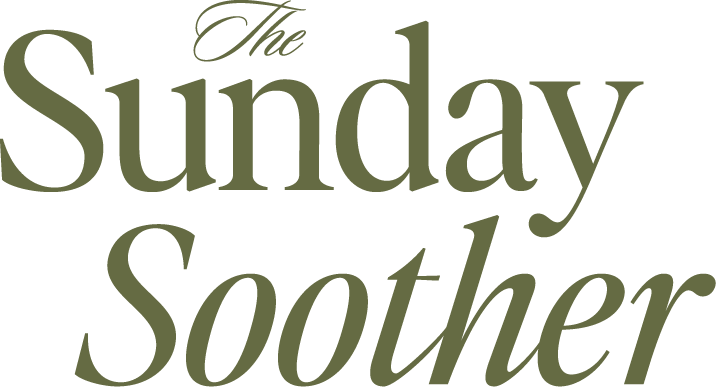The two kinds of "What ifs?"
Happy Sunday, friends. Today I wanted to talk about two things that have really been on my mind since the beginning of the COVID-19 pandemic: two different kind of "What ifs?" that I've noticed. In me, in my friends, in my coaching clients, in the world at large.
To show you what I mean, start off a thought in your mind with these two words... "What if...?"
I'm willing to bet that for the majority of you, the "What if..." was followed by something, let's say... a little bit negative.
"What if I lose my job? What if my family gets sick? What if I never get to take that trip? What if I'm stuck in this house forever? What if I don't meet the love of my life? What if I fail at this project?"
But did any of you go down this route?
"What if I figure out how to take that vacation to France this year? What if that contract comes through? What if I find the perfect roommate and place to live? What if I meet the love of my life this year? What if I get a cute new puppy? What if I learn Italian? What if I write that book?"
The main thing I notice when I think about what ifs is how often they trend towards the extremely negative—when the reality is that phrase could lend itself just as easily to some of our wildest hopes and ideas.
I even have cute names for either of these What If approaches: Despair Mode, and Dream Mode.
Despair Mode, especially right now, as you might guess, is much more common. I see clients and friends get caught up in an extreme spiral of What ifs, taking a small "what if" thought all the way down to an extreme Bridget-Jones-style conclusion: "...AND THEN I DIE ALONE AND WILD WOLVES EAT MY CARCASS."
So much more rarely do I seem Dream Mode deployed. And when it is, it's often shut down — by our own inner critics, or by those around us, well-meaning but overly practical or sensible or fearful.
Today, my challenge to you is twofold:
1. When Despair Mode what ifs come in, add a "...then I would ______" extension to it. "What if I lose my job???? ...Then I would file for unemployment, find some quick virtual work, call my bank or landlord for an extension on that payment, and start searching for a new gig." We can learn to better deal with Despair Mode what ifs when we add on daydreaming about all the ways we could probably handle or figure out whatever came our way.
2. Flex your Dream Mode what if muscle. Take this writing prompt: Write out "What if..." 20 times on a sheet of paper. Then fill in each line with a dreamy, wondrous, magical-feeling what if.
The purpose of these challenges is to get you to understand one, that you are capable. Even if the worst-case what if happened, you would figure out a way to deal.
Two, we need to stretch that dream muscle. It's been dormant or crushed or scared or lonely for so long in so many of us. Yes, dreaming is scary, because it means putting our vulnerable and inner-most wishes and desires on display. And yes, sometimes we'll fail or not get those dreams.
But if we don't relearn to dream, then we get a cold, logical world. A practical, sensible, dreary world. A world ruled by prevention and shhs; a world that's all measured caution and hope and love meted out in thimbles.
Frankly, friends, I've been living in that kind of world for oh, about 40 years now, and I am Pretty. Darn. Over. It.
Aren't you?
So let's reframe our what ifs. Let's stretch those dream muscles and let some sun shine in on them. Let's acknowledge our deep strength, our capabilities, or resilience even in the face of hard stuff. And let's let our souls, our minds, our hearts expand beyond what we know is reasonable, or practical, or straightforward.
Let's go into full-on Dream Mode.
I'm ready.
Are you?
